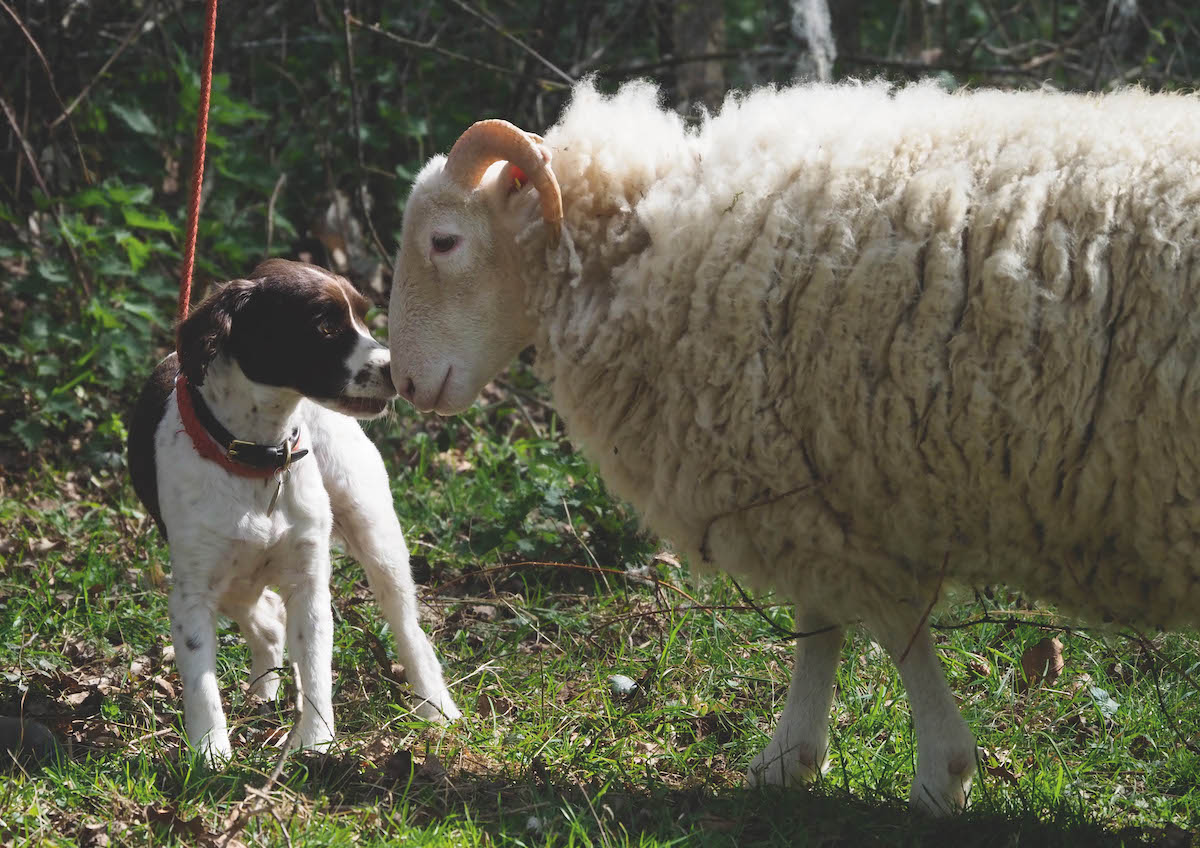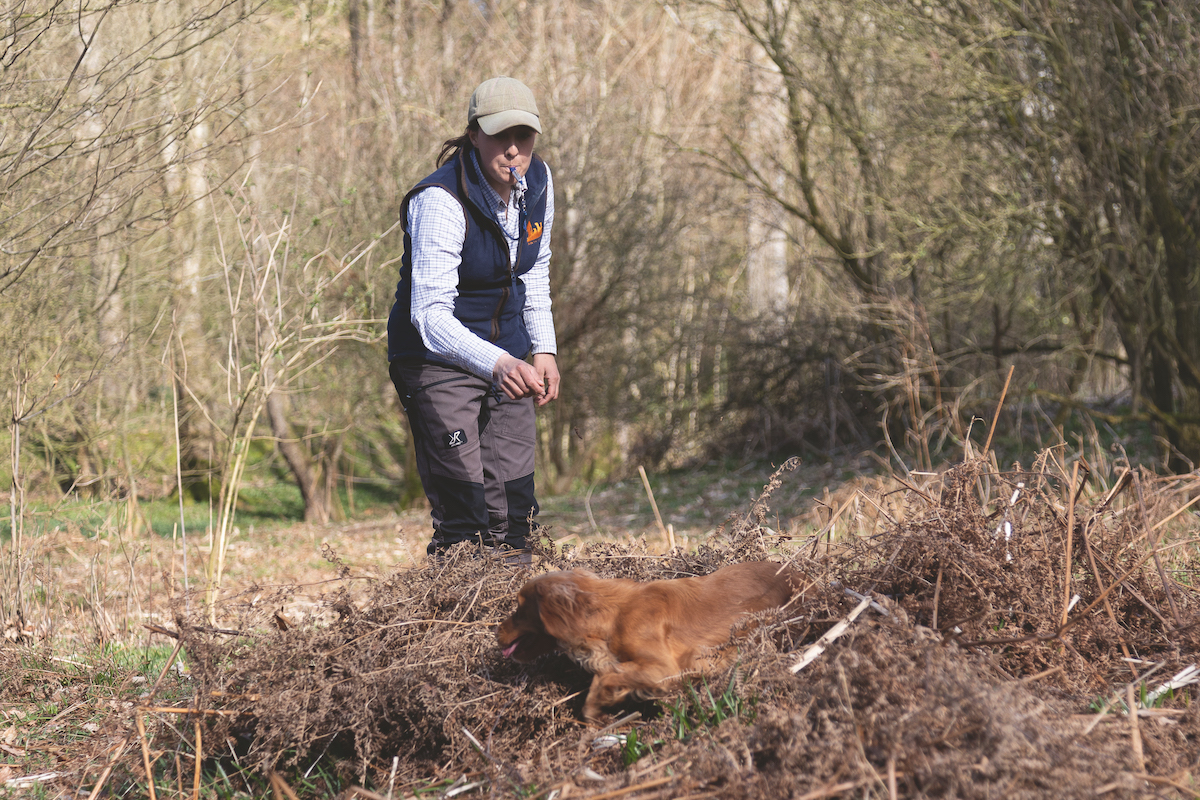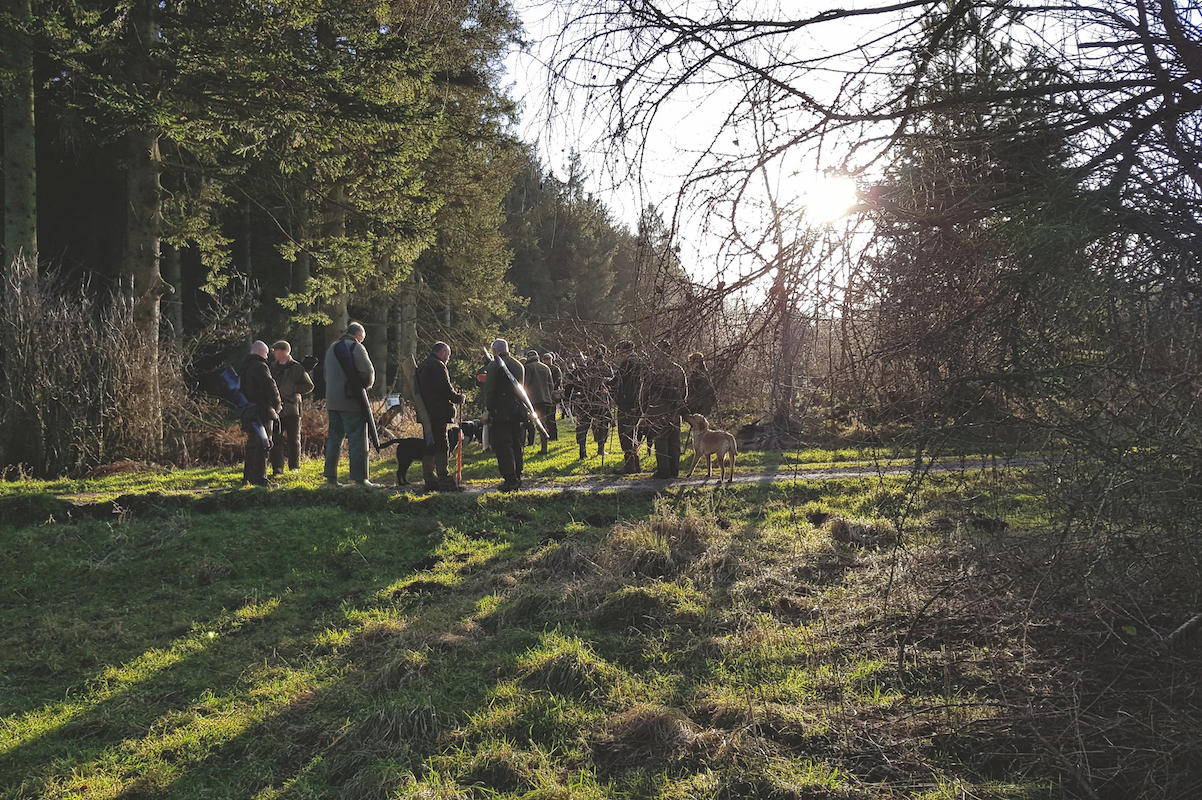Puppy familiarisation with livestock: how to make a dog sheep-proof
With sheep worrying once again on the rise, livestock familiarisation must be an essential part of any dog’s training, says David Tomlinson

Not all sheep are afraid of dogs
All of us with gundogs to ensure that training includes puppy familiarisation with livestock. A young dog that shows interest in livestock should be scolded fiercely and left in no doubt that it should be ignored. This may need to be repeated in different places to emphasis the message. Fortunately, most gundogs are quick to learn this most vital of lessons.
Sheep are nervous creatures. They can become very worried simply by the presence of a dog, regardless of whether it’s taking any notice of them.
Puppy familiarisation with livestock
Alex of Bracken Dog Training has some useful advice, saying: “Gradually expose your dog to livestock from a distance and reward calm behaviour with lots of treats. It’s safest to always have your dog on a lead if you’re anywhere near cattle or sheep, but it’s still worth training your dog to help them feel calm and confident in their presence.”
Sheep worrying
The legal definition of worrying is attacking or chasing livestock, or not having a dog on a lead or under close control when in a field or enclosure with livestock. There are exceptions to that last rule, including working gundogs or a pack of hounds, though the gundogs have to be working at the time, not simply being exercised.
Livestock worrying is a growing concern, reflecting the increase in dog ownership in recent years, and is estimated to cost the farming industry well over £1 million a year. The problem seems to be that dog owners fail to appreciate how dangerous their dogs can be. Even a quick chase can cause ewes to abort their lambs.
Introducing sheep
Puppy familiarisation with livestock began with sheep for my spaniel Emma. A friend had five rams grazing one of his horse paddocks and, as they were both big and bold, they were ideal for the introduction. However, I did take the precaution of running her past the sheep on a long line, so if she showed an inclination to chase I could check her at once. Fortunately, she didn’t display any interest. She has met many sheep since but ignores them.
However my first springer would certainly have chased sheep given the chance, so I approached a local farmer to ask if I could introduce her to his ewes. I’d never spoken to him before, but it turned out that he was a keen shooting man with spaniels of his own, so he was happy to help. My spaniel was duly introduced to an old ewe, with lambs, in a loosebox. The ewe stamped her feet aggressively as soon as she saw my bitch, who got the message very quickly. She never showed any interest in sheep again.
Subsequent springers were walked daily through fields with sheep, so became used to them at an early age. However, I did get caught out by one of these spaniels indulging in a brief pursuit of sheep on Exmoor. She made the mistake of sending the fleeing animals straight back towards me, so I was able to catch her in the act — she never so much as looked at a sheep again. Hill sheep can be a temptation even for dogs that ignore the flocks they come across in lowland fields. It may be because hill sheep have a different smell, so it’s something to be aware of.
The thrill of the chase
My local sheep have shown they are largely unconcerned about dogs, especially if they are on leads. Many of the ewes will allow dogs to approach within 10 or 15 yards before they show any sign of alarm. Some will continue grazing, others will watch the dog carefully but without real concern. However, if there’s one sheep that is nervous and decides to run, then all its companions will almost invariably follow, presenting a tempting target for any dog inclined to chase.








